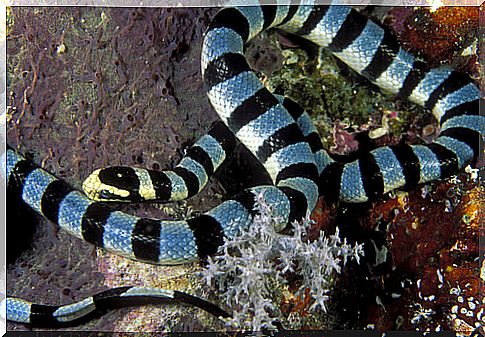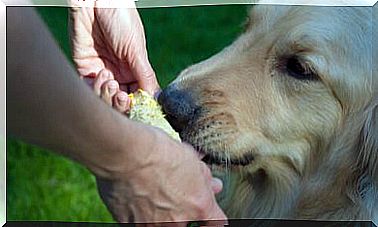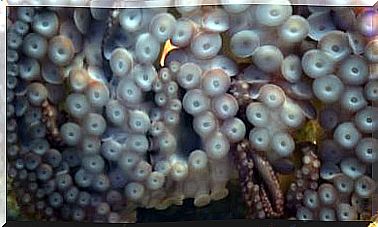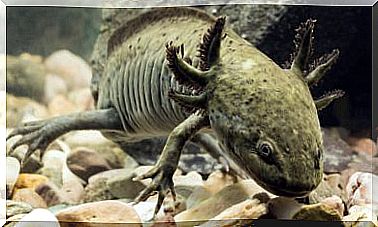Sea Snake, One Of The Most Poisonous In The World

The sea serpent is a paradoxical animal ; For one thing, it has a reputation for being a ‘soft’ creature that doesn’t attack undisturbed and that people can interact with while diving. There are those who enjoy swimming near them, although they would not be near their terrestrial cousins.
At the same time, they are actually highly poisonous, and in fact they are more so than any other type of snake. These beautiful creatures are related to Australian land snakes and, unlike pure aquatic animals, this species breathes surface air regularly.
Sea snake biology
A unique adaptation they have to the aquatic kingdom is the ability to absorb oxygen through the surface of the skin. In fact, they can satisfy 25% of their oxygen needs through this system.
Another necessary evolution is how sea snakes deal with salt, as they are originally land animals and cannot tolerate high levels of salinity like other sea creatures. As a result, they have developed special glands under and around the tongue that allow excess salt to be removed from their bodies.
The final evolution undertaken by sea snakes is in their scales. Most land snakes have overlapping scales designed to protect their body from constant abrasion from the ground.
Sea snakes, on the other hand, do not need such protection, so their scales are soft and not overlapping. They are designed to be more hydrodynamic and to act as armor against sharp corals.

Habitat of the sea serpent
The sea snake lives all over the world in warm and temperate waters. Like most reptiles, it does not like the cold. It can be found in all tropical waters from the Caribbean to Australia and the east coast of Africa.
Interestingly, for reasons that are not properly understood, the only bodies of water that are not inhabited by this species are the Atlantic Ocean and the Mediterranean Sea. This is despite the fact that they both have water hot enough that the sea serpent could withstand.
This is especially curious as it means that, for some unknown reason, sea snakes are unwilling or unable to cross the Panama Canal or the Suez Canal respectively, unlike many other species that have completed this crossing.
Mortal poison
The sea snake, like its terrestrial cousins, is poisonous and, although bites are rare, they do occur. Unlike land snakes, when sea snakes bite they do not tend to inject large amounts of venom.
As a result of this minor poisoning, the initial bite is often painless and symptoms do not appear immediately. However, despite the small volume of venom delivered per bite, it is still dangerous due to the potency of the venom. If left untreated, death can occur 8 to 12 hours later.

Myths about sea snakes
The most common myth you will know about sea snakes is that due to their tiny fangs, they cannot bite a diver except on the earlobe and the area of skin between the thumb and forefinger.
This is a complete and utter fallacy. Most sea snakes are very docile and shy by nature, and many fishermen are seen uncoiling them from their nets and returning them to the sea. But the snake’s lack of desire to bite and poison should not be confused with a lack of ability to do so.
The sea snake can bite and penetrate exposed human skin and, as most are very poisonous, this can cause death if not treated in time.
Feeding and breeding habits
The favorite food of this ophidian species is fish, which it swallows whole. It also consumes eels and crustaceans, and some of them eat fish eggs.
The sea snake is an ovoviviparous species, that is, the eggs develop inside the mother’s body until they are born or are about to hatch. Only the genus Laticauda is oviparous and lays its eggs on land.
The young are born alive in water, where they carry out their entire life cycle. In some species, the young are quite large and are sometimes half the size of the mother’s body. Young sea snakes become independent at birth, so this is one of the few animal species that does not require maternal care.









